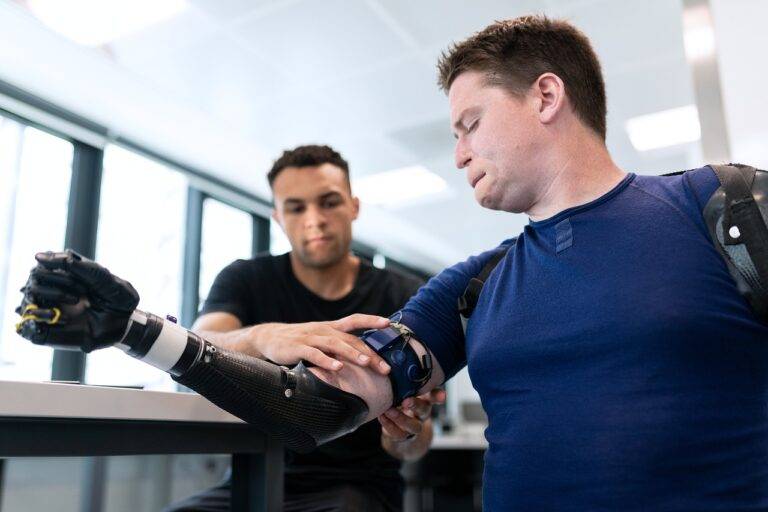Advancements in Voice User Interface (VUI) Technology
Voice User Interface (VUI) technology comprises various essential components that work cohesively to enable seamless interaction between users and devices. The foremost element is Automatic Speech Recognition (ASR), responsible for analyzing and interpreting spoken words into text format. Natural Language Understanding (NLU) further enhances VUI technology by dissecting the context and meaning behind user queries to provide accurate responses.
Another crucial component is Natural Language Generation (NLG), which transforms data into understandable language for users. Dialog Management ensures smooth conversations by structuring the interaction flow between the user and the system, maintaining coherence throughout the dialogue. These components collectively contribute to the effectiveness of VUI technology in enhancing user experience and simplifying human-machine interaction.
Automatic Speech Recognition (ASR) analyzes and interprets spoken words into text format
Natural Language Understanding (NLU) dissects the context and meaning behind user queries for accurate responses
Natural Language Generation (NLG) transforms data into understandable language for users
Dialog Management structures interaction flow between user and system for coherent conversations
Evolution of VUI Technology in Consumer Electronics
In recent years, the evolution of voice user interface (VUI) technology in consumer electronics has been nothing short of remarkable. From the early days of basic voice commands to the sophisticated voice recognition systems we have today, VUI has transformed the way we interact with our devices. Consumers now have the ability to control various functions of their smart devices simply by speaking commands, making tasks more convenient and efficient.
The integration of VUI technology into consumer electronics has opened up a world of possibilities, enabling users to access information, set reminders, and even control smart home devices through voice commands. This shift towards more intuitive and user-friendly interfaces has not only enhanced the user experience but has also paved the way for the development of more sophisticated VUI systems in the future. As consumer demand for voice-controlled devices continues to rise, we can expect to see even more innovations in VUI technology that will further revolutionize the way we interact with our everyday devices.
Impact of Artificial Intelligence on VUI Development
Artificial Intelligence (AI) has significantly advanced the development of Voice User Interface (VUI) technology. Through AI algorithms and machine learning capabilities, VUI systems have become more intuitive and efficient in understanding and responding to user commands. By analyzing vast amounts of data, AI helps VUI systems continuously improve their speech recognition accuracy and natural language processing abilities.
Moreover, AI has paved the way for enhanced personalization in VUI technology. With AI-driven algorithms, VUI systems can adapt to individual users’ preferences, speech patterns, and behaviors, providing a more tailored and seamless user experience. This level of personalization not only increases user satisfaction but also fosters deeper engagement with VUI devices, leading to greater acceptance and integration of this technology into everyday life.
What are the key components of Voice User Interface (VUI) technology?
The key components of VUI technology include automatic speech recognition (ASR), natural language understanding (NLU), dialogue management, and text-to-speech (TTS) synthesis.
How has VUI technology evolved in consumer electronics?
VUI technology has evolved in consumer electronics by becoming more intuitive, accurate, and personalized. It has also expanded to various devices such as smartphones, smart speakers, and even cars.
How does Artificial Intelligence impact VUI development?
Artificial Intelligence plays a crucial role in enhancing VUI development by improving speech recognition accuracy, understanding natural language, and personalizing user interactions. AI algorithms also enable VUI systems to continuously learn and adapt to user preferences.






